The World’s Hairiest Girl Is Completely Shaved, and She Looks Unrecognizable Now

Feel that? The ground is shaking beneath your feet. Leaves are falling from trees. It feels as if a mini earthquake happens every few seconds. Bam! Bam! Something’s coming right out of the woods towards you. There it is! The first thing you see is giant tusks and a long trunk. Then the creature’s entire body emerges from the forest. This is the woolly mammoth. This species went extinct about 4,000 years ago. But now, it’s right in front of you!
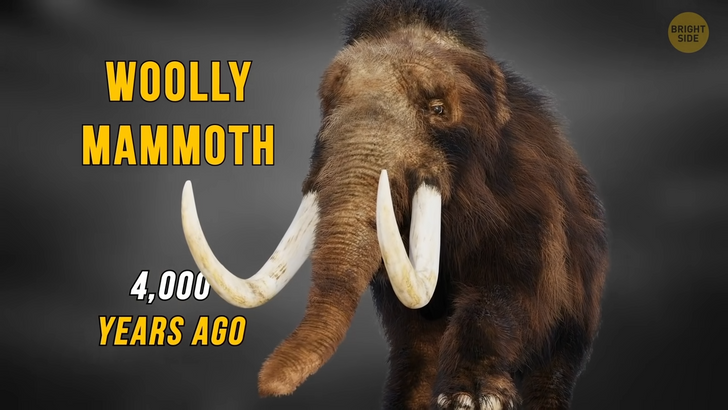
And it’s not a dream. It might become possible in the nearest future! People are going to try to bring these animals back to life. And a group of scientists is already working on it. So, wooly mammoths appeared about 450,000 years ago in Siberia. Later on, they also settled in North America. Real estate was cheaper then. Then these animals took over Asia and even Europe. These guys were the tallest land animals during the last ice age. They were about 11.5 feet tall. That’s as tall as a one-story cottage.
That’s also 1.5 feet taller than the height of the average modern elephant. [1.5 ft (0.5 m)] But mammoths were much more massive. They weighed about 8 tons — compared to the 6 tons of an elephant. That’s like 2 or even 3 big SUVs. Good thing they couldn’t drive. Mammoths were so heavy because they had larger heads, as well as longer and more curved tusks. These animals lived in the cold tundra. That’s why they needed a layer of fat that was at least as thick as a shoebox. But even that wasn’t enough to withstand the cold. So mammoths had dense wool that grew to be as long as a cell phone charger cord. In the winter, the wool on the sides and belly of a mammoth formed something like a skirt. So the animal could lie in the snow, and it didn’t freeze.
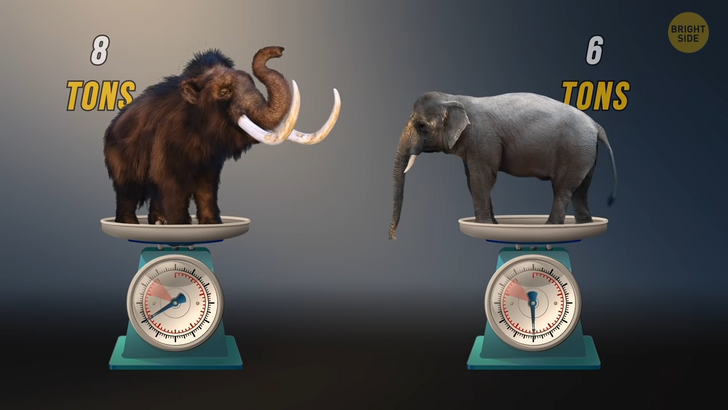
Mammoths spent most of their time looking for food. Like me. To build up that thick layer of fat and keep their body temperature constant, they needed to eat about 400 pounds of food per day. That’s the weight of two wild boars. But mammoths were herbivores. Which means they ate grass and willow or pine branches. But after the ice age, the warming began. The tundra, where mammoths lived, began to turn into swamps. The amount of food was decreasing. This caused a drop in the population of woolly mammoths.
And now, scientists want to bring mammoths back to life. Using genetic engineering, they hope c to recreate the mammoth using its DNA. Of course, this doesn’t mean they will create the animal from scratch in a lab. First of all, they need a creature that resembles the wooly mammoth as much as possible. The answer is the Asian elephant. Both the mammoth and the elephant came from the same common ancestor millions of years ago. Their DNA is 99.6% the same. So scientists only need to add several missing genes to the elephant DNA. This will provide them with fur, necessary fat, long tusks, a large domed head, and other distinctive mammoth features.
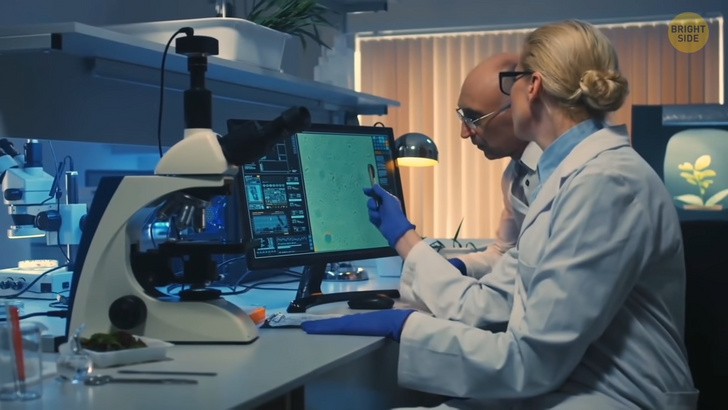
And the best news is that we DO have the mammoth DNA. These animals lived in colder parts of our planet with never-ending winter. This eternal refrigerator has preserved not only mammoth bones but also their genetic material. Scientists have managed to identify about 60 specific genomes that can help to recreate mammoths. The most difficult step is to bring this creature into the world. One option is to remove some DNA elements from an elephant’s egg and replace them with mammoth DNA. But this would require a surrogate elephant mother. It would carry the baby for about 2 years, and then the first mammoth would be born. But scientists question this option. Creating a herd of mammoths would take decades and require too many surrogate mothers.
Another option is to make an artificial womb. Nowadays, there are successful cases of creating a sack in which an embryo can safely develop. The main problem here is the sack itself. It has to be large and strong enough. It’ll hold a developing mammoth baby for two years. In the end of this period, it’ll have to withstand the weight of about 200 pounds.
But it’s also important to remember that elephants live in a matriarchal society, just like mammoths did. And when an elephant is born, the first thing it sees is its mother. Their connection remains strong for many years as the baby elephant grows. So, many people say that such a way of growing a mammoth is highly unethical. But scientists continue their research. They insist that their goal is to improve the already existing genetic engineering technologies and apply them in the future. This way, we can save endangered animal species.
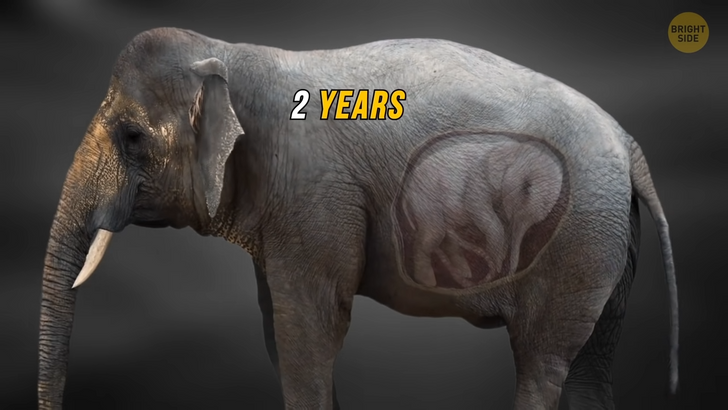
But why should we bring woolly mammoths back to life in the first place? Some scientists believe that these animals played an important role in the planet’s ecosystem. These days, the tundras of Siberia and North America are gradually warming up and releasing a lot of carbon dioxide. This contributes to the greenhouse effect, which warms up our planet even more.
These tundras are now heavily overgrown with moss. But thousands of years ago, when woolly mammoths roamed these areas, tundras were more like pastures. Mammoths trampled moss and felled trees. They were some sort of ecosystem engineers. It’s believed that the return of mammoths to these areas might help bring them back to their original state. Restored pastures will keep the soil from eroding. This may even be enough to decrease the production of harmful carbon dioxide.

Recently, ecologists have brought many bison and other animal species to the vast expanses of Siberia for the same purpose. But some scientists believe that woolly mammoths would do a much better job. If this experiment turned out to be successful, people would have an opportunity to bring back to life a huge number of extinct animal species. Unfortunately, there’s a limit to how long animal DNA can survive in fossils. If these fossils are hidden a few feet underground, DNA can last from 1,000 to 10,000 years. If the fossils are, let’s say, in the ice of the Antarctic, DNA can remain intact for several hundred thousand years.
Unfortunately, it means we would never be able to recreate dinosaurs. They went extinct about 66 million years ago. People just don’t have any access to their DNA. But we could bring back some animals that disappeared not so long ago. Like Moa. It’s a species of flightless birds. The largest of them were as tall as the woolly mammoth and weighed as much as a scooter. But the smallest species could be the size of a turkey. They lived in New Zealand and were isolated from the outside world for almost 80 million years. But they became extinct after the first people arrived there.
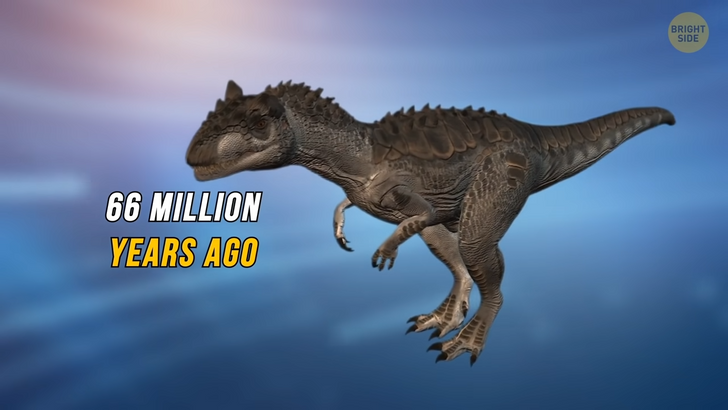
Or Steller’s sea cow. This was the largest aquatic mammal after whales. These sea cows were as long as a limousine. And they weighed more than African elephants. Steller’s sea cows had a very lazy lifestyle. They lived near the shore and ate algae, mostly seaweed. Scientists believe they didn’t even know how to dive. Even though Elephant birds were indeed birds, they couldn’t fly. These creatures were twice as tall as an ostrich and weighed 10 times as much as the average person. They lived in Madagascar and, like ostriches, laid eggs. Although Elephant birds became extinct almost a thousand years ago, people still find their eggs. Scientists managed to get the DNA of these animals and analyze it. It turns out that the closest relative of the Elephant bird is the kiwi. It’s another kind of non-flying bird about the size of a domestic chicken.
Pinta Island tortoises used to rest for 16 hours a day. They also drank a lot of water and could store it like camels. Each animal has its own role in the ecosystem, as well as in the food chain. The disappearance of one animal can cause huge problems for others. Such a chain reaction can wipe out an entire ecosystem. For example, dinosaurs didn’t disappear instantly after the meteorite collided with Earth. The impact caused fires all over the planet. This decreased the amount of food for plant-eating dinosaurs. When they disappeared, meat-eating dinosaurs began to starve. And then all dinos gradually vanished off the face of the Earth.
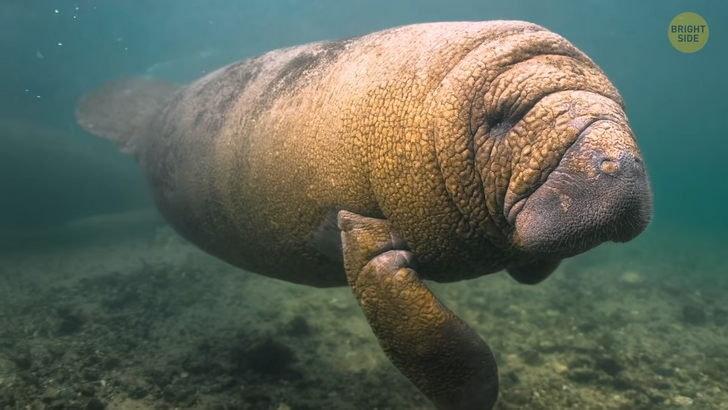
Many scientists think people DO need genetic engineering technologies that can bring back extinct species. The pace of climate change on the planet is getting too fast for some animals to keep up with it and survive. Human intervention in this process could save many lives. This technology might also help recreate people if something happened and all life on Earth got wiped out. Hmm. If we could preserve our DNA, our species could be brought back to life. Um, by who?











